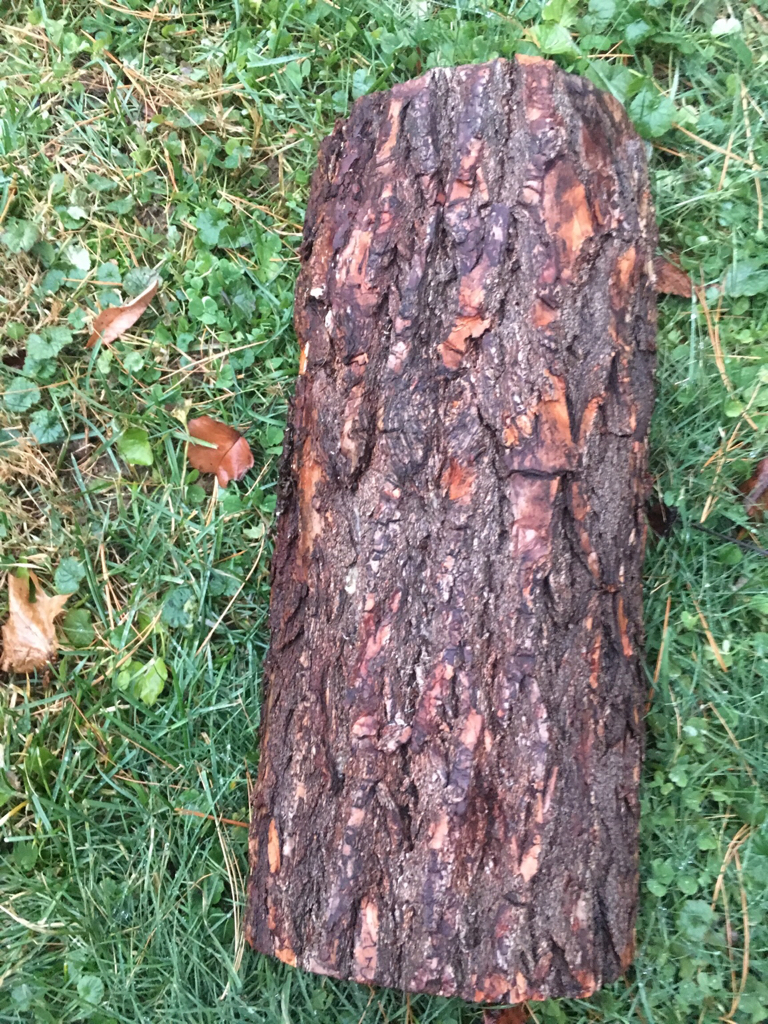Quick background, have a small insert that I have been using daily for past 4 winters, probably 16-20 hr day, 3-4 cords a winter. Every summer get liner/chimney/flue professionally cleaned and guy says minimal amount of soot is built up. I personally buck and split all the wood I burn and this year the wood being burned has been covered for two years, now I will admit I am still learning types of trees but I do know not to burn pine. Well, last week I was about to put this piece (see picture) into my insert when, after looking at the bark, I thought it could be a piece of pine? I smelled it, and couldn't smell anything, but after pealing apart some of the bark, my wife (who has a much better sense of smell than I) says it smells a little bit like pine but she could say for sure and there was no sap to be seen. Now, I am about a 1/3 through this cord of fire wood so now I'm paranoid thinking a few pieces might have gotten burned! Most of this cord has been maple and poplar. So the question is:
- can anyone ID this? The bark is wet from sitting out in the rain.
- if it is pine, should I get my flue cleaned out again just for a precaution? I doubt I burned any, but maybe a few pieces got past?
Thanks for the help!



Sent from my iPhone using Tapatalk
- can anyone ID this? The bark is wet from sitting out in the rain.
- if it is pine, should I get my flue cleaned out again just for a precaution? I doubt I burned any, but maybe a few pieces got past?
Thanks for the help!



Sent from my iPhone using Tapatalk





